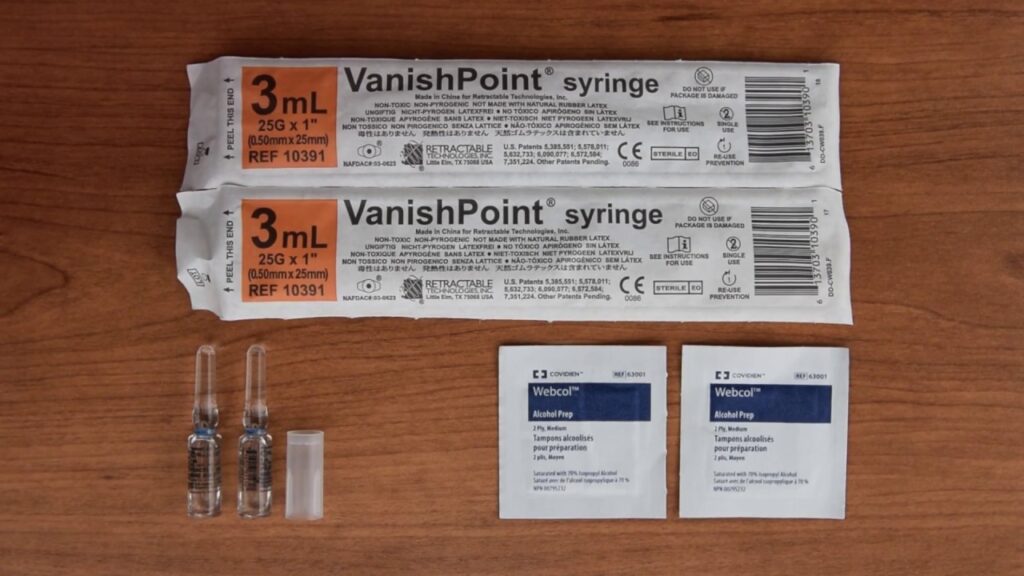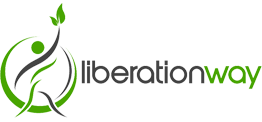Naloxone
Contents
Naloxone is an antagonist to the opioid receptor utilized to swiftly end an overdose of opioids. It is also included in certain formulations of drugs as an abstinence deterrent to avoid a subsequent injection.
Naloxone Uses, & Safety of Narcan for Opioid Overdose
Naloxone is a prescription drug that has been approved by the FDA. medication that works well in stopping overdoses of opioids. Naloxone can be used in the form of a nasal or injectable medicine (Narcan, Kloxado). Opioid medications are able to interact with opioid receptors in the brain. This means that the medications could alter perception of pain but additionally, they can cause the slowing of breathing that could lead to serious adverse effects.
To avoid precipitating opioid withdrawal symptoms, consider use of a naloxone product that can be dosed according to weight and titrated to effect.
Caution
Naloxone is administered to patients experiencing an overdose of opioids. The consequences of an opioid overdose could be fatal, resulting in eyes swelling as well as breathing issues that last a short time and the feeling of sedation. It’s sometimes not feasible to wait until your physician has treated your symptoms, or when you are breastfeeding. Check with your doctor to ensure that they are aware of the use of naloxone. The people who love you may prescribe the medication when your heart rate increases. Make sure to check with any person who is important to them regarding the use of Naloxone. If you inject Naloxone you must seek medical attention right away to receive treatment.
Before you start taking this medicine, make sure to consult your doctor.
If you are allergic do not take any medication. If you are able to use Naloxone prior to the time your doctor prescribes it, except that you are pregnant and have a child who is taking narcotics during pregnancy you could be suffering from addiction. Overdoses are fatal for parents and children. It is crucial to treat overdoses in mothers. If you relapse, get urgent care right away. It is important to let all family members are aware of the pregnancy. Depends on how long you are taking opiates during pregnancy, it may alter your child’s response to it.
Uses of Naloxone

Naloxone’s primary function is to alleviate the effects of an overdose. It is able to help the breathing return to normal and restore people to consciousness after ingestion of the dose of opioids which was too high, however the effects will be short-lived.
Naloxone is a drug that can stop an overdose of any kind of opioid, however, you might require several doses to treat long-lasting or potent opioids , such as fentanyl. Kloxxado is a spray for the nasal that provides a greater dose of naloxone to combat the effects of opioids like Fentanyl. With its many formulations, it is an opioid-overdose remedy the doses of naloxone vary from 2 mg up to 8 mg for each dose.
It is possible to repeat doses in some situations. If overdose symptoms persist after taking over 10 mg Naloxone, there could be other substances that may be the cause of symptoms from overdose.
Naloxone is a medicine that rapidly reverses an opioid overdose. It is an opioid antagonist. This means that it attaches to opioid receptors and reverses and blocks the effects of other opioids. Naloxone belongs to a class of drugs known as opioid antagonists. It works by blocking the effects of the opioid in the brain.
What is naloxone?

It can cause extreme drowsiness or sleeplessness, or reduce consciousness loss. In some cultures, opioids can also be considered an opioid drug. Often the medication used in the emergency room can help reduce the risk of opioid overdoses. Naloxone is not recommended for overdoses. Naloxone may also be used for determining if you have overdosed on an opioid.
Naloxone nasal sprays are indicated for the emergency treatment of an opioid overdose or suspected opioid overdose.
Dosing information
Dosages for opioids in adults: Dosage in the first 2 weeks of the drug: 1 mg to 1mg. In addition, it may be given by intravenous injection or in saline injection.
People with physical dependence on opioids may have withdrawal symptoms within minutes after they are given naloxone. Withdrawal symptoms might include headaches, changes in blood pressure, rapid heart rate, sweating, nausea, vomiting, and tremors. While this is uncomfortable, it is usually not life threatening.
opioid antagonist

Naloxone is a medicine that rapidly reverses an opioid overdose. It is an opioid antagonist. This means that it attaches to opioid receptors and reverses and blocks the effects of other opioids.
Opioid Overdose Indicated for the complete or partial reversal of opioid depression (including respiratory depression ) induced by natural and synthetic opioids.

